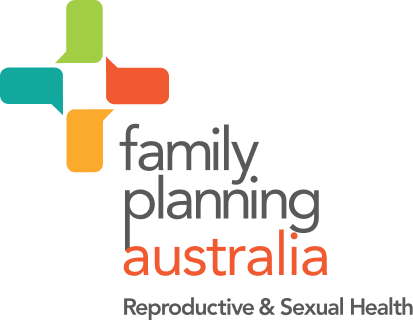Chapter 17 – Female Sexual Interest and Arousal Disorder (FSIAD)
CONTENTS
- Female Sexual Function: An Introduction
- The Female Sexual Response
- Female sexual dysfunction
- Issues with Desire and Arousal
- Decreased desire
- Decreased arousal
- Female Sexual Interest / Arousal Disorder
- Sexual aversion disorder
- Issues with Orgasm: Female orgasmic disorder
- Issues with pain: Genito-pelvic pain/ penetration disorder
- Vaginismus
- Factors to consider for Sexual dysfunction related to ageing and chronic illness
- Resources
- References
See more. Sign up now!
Find the information you need
Female sexual dysfunction
Female sexual function is complex, as can be appreciated by the evolution of our understanding and models of function (described above). Logically, sexual dysfunction in women is therefore also often multifaceted, usually with several factors contributing to the problem. When diagnosing and treating sexual dysfunction in women, it is important to identify the particular issues and contributing factors in each individual case and employ targeted strategies. Consider what is driving the presentation, and whether these issues are causing them distress or if they are distressing to their partner and/or relationship.
The most common female sexual dysfunctions are:
lack of libido (reduced desire) lack of arousal orgasmic disorders sexual pain/dyspareuniaIt is common to have more than one female sexual disorder present. Any overlap may make it difficult to attribute symptoms and signs to different diagnostic categories (see Table 17.1 and Table 17.2).
Table 17.1 Medical Conditions that may affect female sexual function
Conditions Effect Diabetes Impaired arousal and orgasm Hypothyroidism Decreased desire Hypertension(7) Reduced vaginal lubricationLess frequent orgasm
Increased sexual pain Cardiovascular disease(8) Reduced desire
Impaired blood flow
Reduced arousal response Neurological disease e.g. Parkinson’s disease, multiple sclerosis, injury Impaired arousal and orgasm Decreased androgens e.g. age Decreased desire Decreased oestrogens e.g. menopause, chemotherapy Vaginal atrophy and dryness Hyperprolactinaemia e.g. prolactinoma, medications Decreased arousal and orgasm Pelvic floor weakness or injury Decreased arousal ... Buy now
